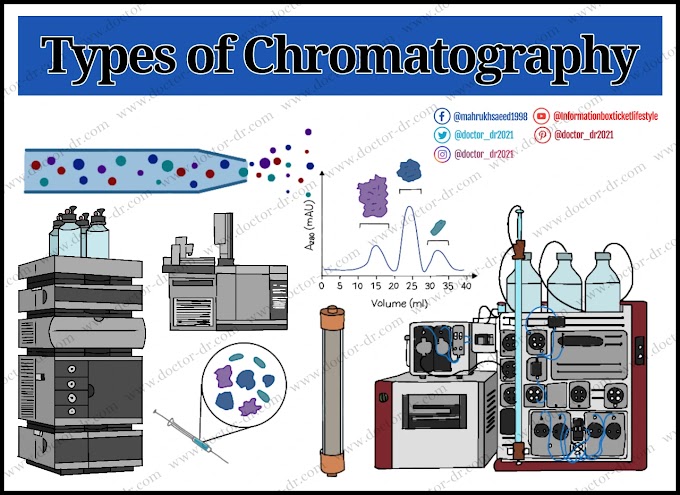- Introduction
- Working Principle of Echocardiography
- Types of Echocardiography
- Procedure of Transthoracic Echocardiography
- Interpretation of Echocardiography
- Application of Echocardiography
- Limitations of Echocardiography
Introduction
- Echocardiography, commonly referred to as "echo," is a non-invasive medical procedure utilizing high-frequency sound waves (ultrasound) to examine the structure and function of the heart.
- During the test, sound waves ranging from 1.5 to 7.5 MHz are employed to generate a 2D or 3D echocardiogram, providing a detailed internal view of the heart.
Echocardiography
The echocardiogram offers valuable insights into various aspects of the heart, including its size, valve dimensions and function, chamber sizes, cardiac wall thickness, pumping activity, detection of cardiac tumors, and assessment of blood flow patterns. Cardiologists often recommend this procedure when abnormalities appear in the Electrocardiogram (ECG/EKG), or when symptoms such as shortness of breath, chest pain (angina), or other indications of underlying cardiac issues are present.
Key components of the echocardiography machine include a transducer or probe equipped with piezoelectric crystals for converting electric impulses into ultrasound and vice versa, a central processing unit with a control panel to receive and analyze signals from the transducer, a monitor to display heart images, and a printer for producing electrocardiograms.
Working Principle of Echocardiography
Echocardiography is based on the use of ultrasound waves to produce an image of the heart’s surface and internal structure. The piezoelectric crystal at the transducer transforms the electrical oscillations into sound waves which then travel through the thorax up to the heart and interact with different types of tissues of the heart producing acoustic impedance. Due to acoustic impedance, the sound from different parts of the heart gets reflected back producing echo at different intervals with different frequencies. The echo is again received by the piezoelectric crystal at the transducer which then transforms the sound waves into electrical signals and sends them to the processing unit for analyzing the signal and production of an echocardiogram.
Types of Echocardiography
Echocardiography can be categorized into various types based on the approach used to generate echocardiograms and the specific information required:
1. Transthoracic Echocardiography (TTE):
- Standard echocardiography involving the placement of the transducer on the chest wall.
2. Transesophageal Echocardiography:
- Involves passing a specialized transducer through the mouth to the esophagus for internal scanning.
3. Stress Echocardiography:
- Combines ultrasound scanning before and after exercise or stress to assess the heart's structure and function during physical activity.
4. Intracardiac Echocardiography:
- An invasive echocardiography type utilizing a catheter with an ultrasound transducer inserted through the femoral vein to produce an ultrasound image of the heart.
Procedure of Transthoracic Echocardiography
The examination involves the following steps:
- The patient lies flat on an examination table with the chest exposed, removing metallic objects and jewelry.
- Gel is applied to the chest to facilitate the transmission of sound waves to the heart.
- The echo probe or transducer is placed at a specific chest location, emitting and receiving ultrasonic sound waves.
- The machine processes the reflected sound (echo) to generate the desired echocardiogram.
- Once obtained, the machine is turned off, the transducer is removed, and the gel is wiped. The echocardiogram is then printed for interpretation by a cardiologist.
Interpretation of Echocardiography
A trained professional examines the ultrasound scan image for the following normal results:
1. Heart Size: All four heart chambers (atria and ventricles) are of normal size.
2. Wall Thickness: Normal thickness of the heart's wall and septum.
3. Heart Valves: Intact, of normal thickness, and functioning properly.
4. Blood Flow: Normal and free-flowing blood through chambers and valves without disturbances.
5. Ejection Fraction: Normal ejection fraction, typically 55% to 70% in adults.
6. Abnormal Structures and Fluid: Absence of abnormal tissue, clots, tumors, or fluid in the pericardium.
Application of Echocardiography
Echocardiography is utilized for various purposes, including:
- Assessing heart function, ejection fraction, blood flow, and valve operation.
- Diagnosing abnormalities in heart anatomy, structure, wall thickness, and septum.
- Detecting pericardial effusion or abnormal tissue masses.
- Screening for cardiovascular diseases.
- Guiding interventions such as valve repairs or surgeries.
- Monitoring the heart's condition post-treatment or surgery.
Limitations of Echocardiography
Limited Visualization of Internal Heart Structure:
- Echocardiography fails to generate a distinct, visible image of the heart's internal structure, including coronary vessels.
Challenges in Deep Tissue Penetration:
- In cases of patients with a larger body size, thick muscles, and increased fat layers (obesity), ultrasound penetration into the heart is hindered, resulting in restricted imaging depth.
Lack of Detailed Tissue Characterization:
- Echocardiography lacks the capability to provide in-depth information regarding tissue characterization within the heart.
Inability to Assess Electrical Heart Activity:
- The electrical activity of the heart remains beyond the scope of assessment through echocardiography.
Operator-Dependent Accuracy:
- The effectiveness of the test hinges on the proficiency of the operator conducting the procedure.



~1.webp)

.webp)


